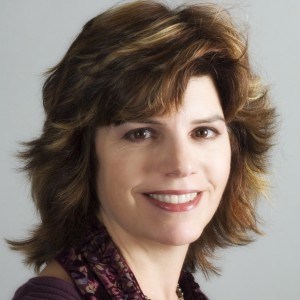At the recent Global Spa Summit, renowned research company Diagonal Reports presented the results of their latest research into consumers and the US beauty market, entitled “Consumers Speak About New Beauty Trends: Are Spas Listening? Or Are Spas Missing Out?” Jacqueline Clarke, Research Director, delivered the presentation, which was moderated by Anna Bjurstam of Raison d’Etre. This session was filled with facts and figures which are highly relevant, especially for marketing purposes.
Size of Shape of US Spa Market
20,000 units with estimated sales of $15.5b (2009)
77% of this number are day spas, the rest are hotel, medical, club, etc. (This percentage applies to number of units, not revenue distribution.)
Growth for 2011 estimated at only 1.5%
89% of spas are single unit operations
Regional spa distribution mirrors that of the population; five states account for more than 36% of the number of spa units, and 10 states account for 65%. The top 10 states for numbers of spas are as follows: CA, NY, NJ, MA, PA, FL, TX, IL, AZ, GA
86% of the spa revenue comes from service sales, and 14% from retail sales
Treatments Analysis
Top 3 treatments are massage, facial skincare, and hair removal.
Swedish massage is single most important revenue category.
Since economic downturn, consumers are most interested in “tried and true” services, not new or trendy.
Massage accounts for 50% of treatments revenues:
— Drivers: lifestyles that create stress, no DIY alternative, easy access/availability
— Threats: Competition, over-supply of massage therapists, consumer confusion about therapies. Churn rate of therapists estimated at 18%.
Skincare introduces consumers to innovative technologies, techniques, and products:
— Drivers: High value, generates spending upgrades and add-ons, wide demographic, consumers want to enhance their most visible asset, home to innovation such as “organic” or “high tech”.
— Threats: High price, proliferating competition (drug stores, supermarkets, med spas), need consistent visits for best results.
Hair removal is considered a “must-have” service. Although it can be low on profitability, it’s high on volume.
Current Trends
Most spas have eliminated high-priced luxury offerings from their menus.
Deep discounting practices train consumers to wait for those offers.
Consumers are focused on 1) beauty maintenance services and 2) quality of life services.
Demand currently is for smaller time frames and smaller prices, but services and products still need to deliver demonstrable results.
Businesses need to address the demand for formulations in sync with healthy and ecologically aware lifestyles.
Ongoing Business Challenges
Complexity of occupational licensing and variations from state to state.
Market is not likely to return to pre-downturn level anytime soon.
Massage therapies and waxing are “unbranded” because product companies are not specified, and spas have not created protocols or special methods to brand them.
Most Common Consumer Complaints
Rude front of house/reception
Kept waiting
Pushy sales
Crowded space
Loud noises
Fear of personal infection (dermal contact, saunas, whirlpools, pedi baths)
